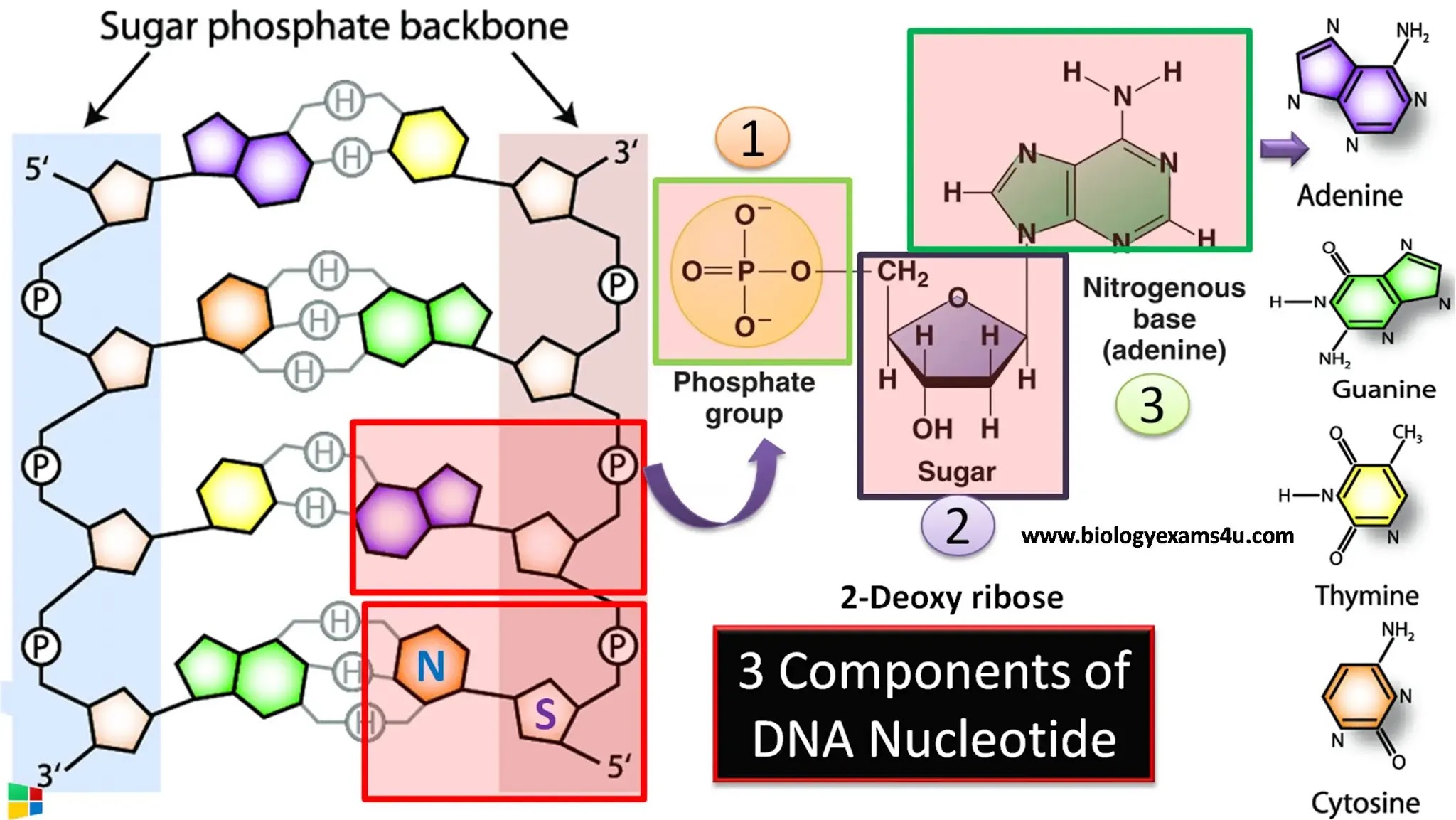DNA, or deoxyribonucleic acid, is the fundamental building block of life, carrying the genetic instructions for the development, functioning, growth, and reproduction of all known living organisms and many viruses. At the heart of DNA's structure lies the concept of DNA bonds, which play a crucial role in maintaining the integrity and stability of this molecule. Understanding DNA bonds is essential for various fields such as genetics, molecular biology, and biotechnology, as they govern how genetic information is stored, replicated, and transmitted. The bonds within DNA not only hold the two strands of the double helix together but also dictate how genes are expressed and regulated. This article delves into the intricacies of DNA bonds, exploring their types, functions, and significance in the broader context of life sciences.
In the world of molecular biology, DNA bonds can be classified into two main types: covalent bonds and hydrogen bonds. Covalent bonds are responsible for linking the nucleotides that make up the DNA backbone, while hydrogen bonds form between the nitrogenous bases of the two strands, providing the stability needed for the double helix structure. This dynamic interplay between various types of bonds is what allows DNA to carry out its essential functions, including replication and transcription. As we unravel the mysteries behind DNA bonds, we unlock the potential for advances in genetic engineering, medical research, and therapeutic development.
The study of DNA bonds is not only important for scientists but also for anyone interested in understanding the fundamental principles of life. As we navigate through this article, we will address common questions about DNA bonds, their significance, and their applications in various fields. Whether you are a student, a researcher, or simply a curious mind, the world of DNA bonds holds valuable insights that can enhance our comprehension of biology and genetics.
What Are the Different Types of DNA Bonds?
When we refer to DNA bonds, we primarily discuss two types: covalent bonds and hydrogen bonds. Here's a brief overview of each:
- Covalent Bonds: These bonds form between the sugar and phosphate groups of adjacent nucleotides, creating the backbone of the DNA strand.
- Hydrogen Bonds: These bonds occur between the complementary nitrogenous bases (adenine-thymine and guanine-cytosine) of the two strands, holding the double helix together.
How Do DNA Bonds Contribute to DNA Structure?
The unique structure of DNA, known as the double helix, is primarily due to the interactions between DNA bonds. Covalent bonds provide the structural integrity of the backbone, while hydrogen bonds ensure that the strands remain aligned and stable. This intricate arrangement allows DNA to maintain its shape while still being flexible enough to undergo essential biological processes such as replication and transcription.
What Role Do DNA Bonds Play in Genetic Expression?
DNA bonds are not just structural; they also play a crucial role in regulating gene expression. The binding of transcription factors to specific DNA sequences is often mediated by the strength of hydrogen bonds. This interaction can either promote or inhibit the transcription of specific genes, influencing everything from cellular function to organismal development.
How Do DNA Bonds Affect Replication?
During DNA replication, the hydrogen bonds between the base pairs must be broken to separate the two strands. This process is facilitated by enzymes such as helicase, which unwinds the DNA helix. Once the strands are separated, new nucleotides can be added to each strand, forming new covalent bonds and ensuring the accurate duplication of genetic information.
Can DNA Bonds Be Altered?
Yes, DNA bonds can be altered in several ways, whether through natural processes or through human intervention. Mutations, which can occur during DNA replication, may result in changes to the sequence of nucleotides, potentially disrupting the hydrogen bonds between base pairs. Additionally, advances in biotechnology have led to techniques such as CRISPR-Cas9, which allow scientists to target and modify specific DNA bonds, paving the way for gene editing and therapeutic applications.
What Are the Implications of Altering DNA Bonds?
The ability to alter DNA bonds has profound implications for medicine, agriculture, and environmental science. For example, gene editing can be used to develop disease-resistant crops or to create targeted therapies for genetic disorders. However, these advancements also raise ethical questions about the manipulation of life at its most fundamental level.
Conclusion: The Importance of Understanding DNA Bonds
In conclusion, DNA bonds are integral to the structure and function of DNA, influencing everything from gene expression to replication. As we continue to explore the complexities of these bonds, we gain valuable insights into the mechanisms of life and the potential for innovative applications in science and medicine. Understanding DNA bonds not only deepens our appreciation for the molecular underpinnings of biology but also equips us to tackle the challenges and opportunities that lie ahead in the field of genetics.
Biography of a Notable Figure in DNA Research
One of the key figures in DNA research is James Watson, who, alongside Francis Crick, discovered the double helix structure of DNA. Their groundbreaking work laid the foundation for modern genetics and molecular biology.
| Personal Details | Bio Data |
|---|---|
| Name: | James D. Watson |
| Birth Date: | April 6, 1920 |
| Nationality: | American |
| Field of Study: | Genetics, Molecular Biology |
| Notable Work: | Co-discovery of the DNA double helix structure |
| Awards: | Nobel Prize in Physiology or Medicine (1962) |
Unlocking The Power Of Outlook: A Comprehensive Guide To Outlook Inicio Sesion
Bolly 4U Org: Your Gateway To Bollywood Entertainment
Time Management With Style: The Hourglass For Secretary


